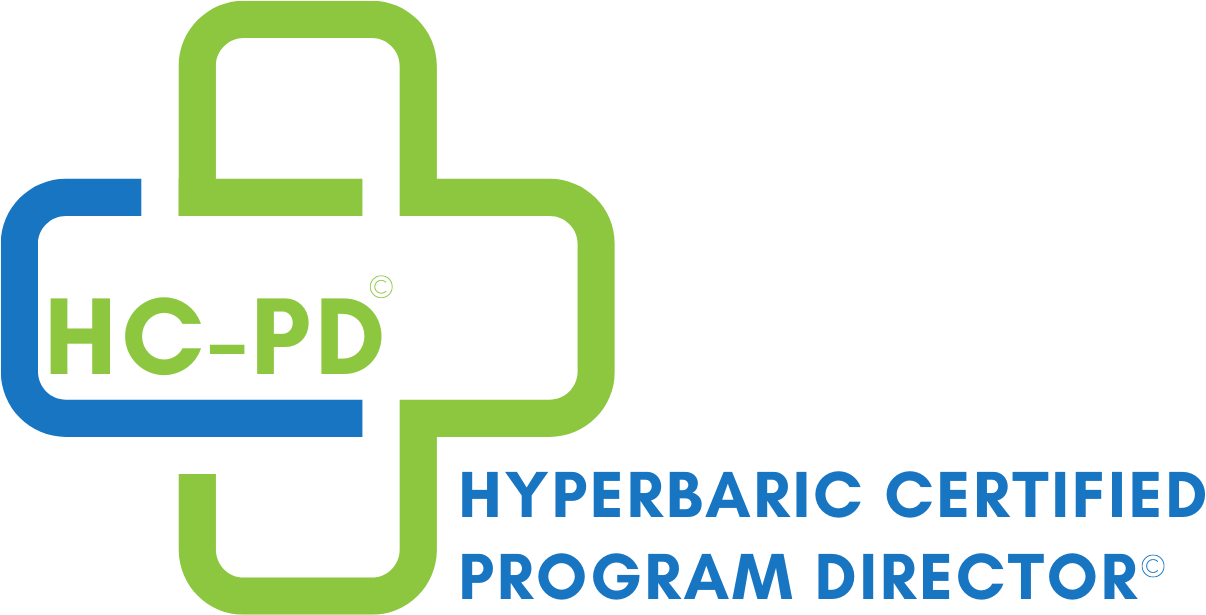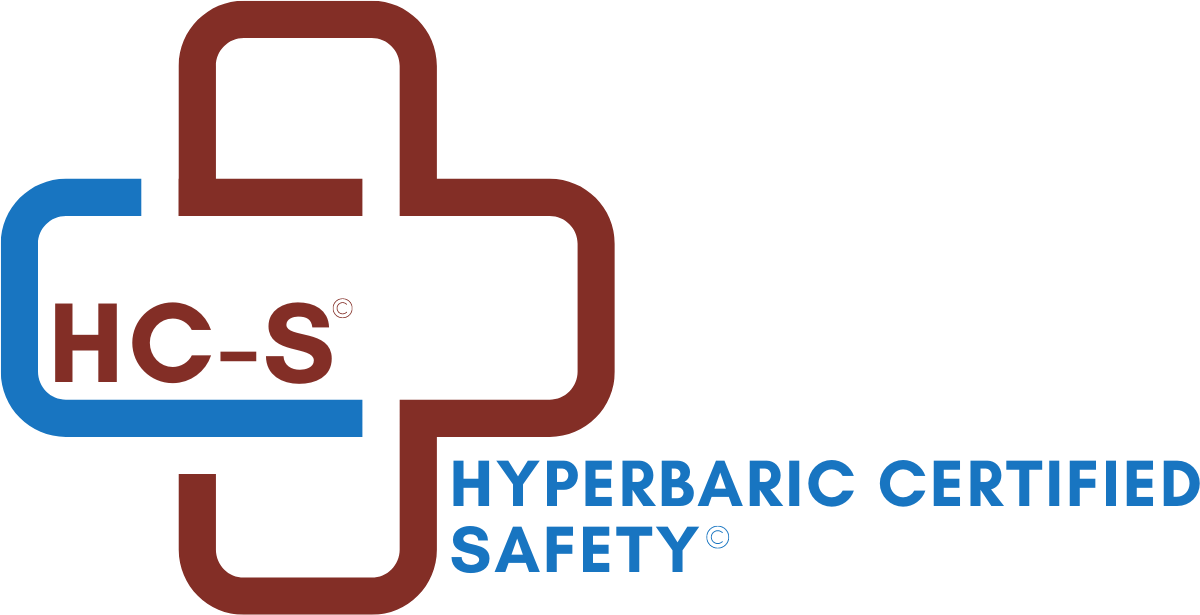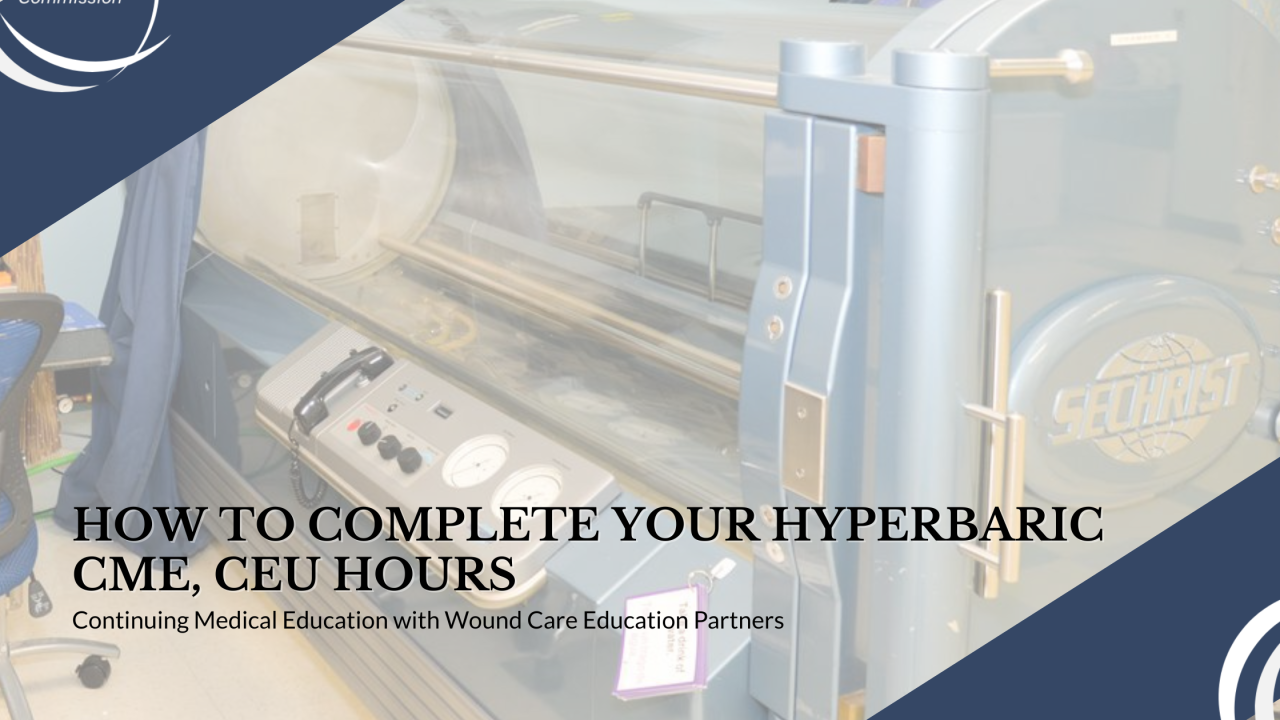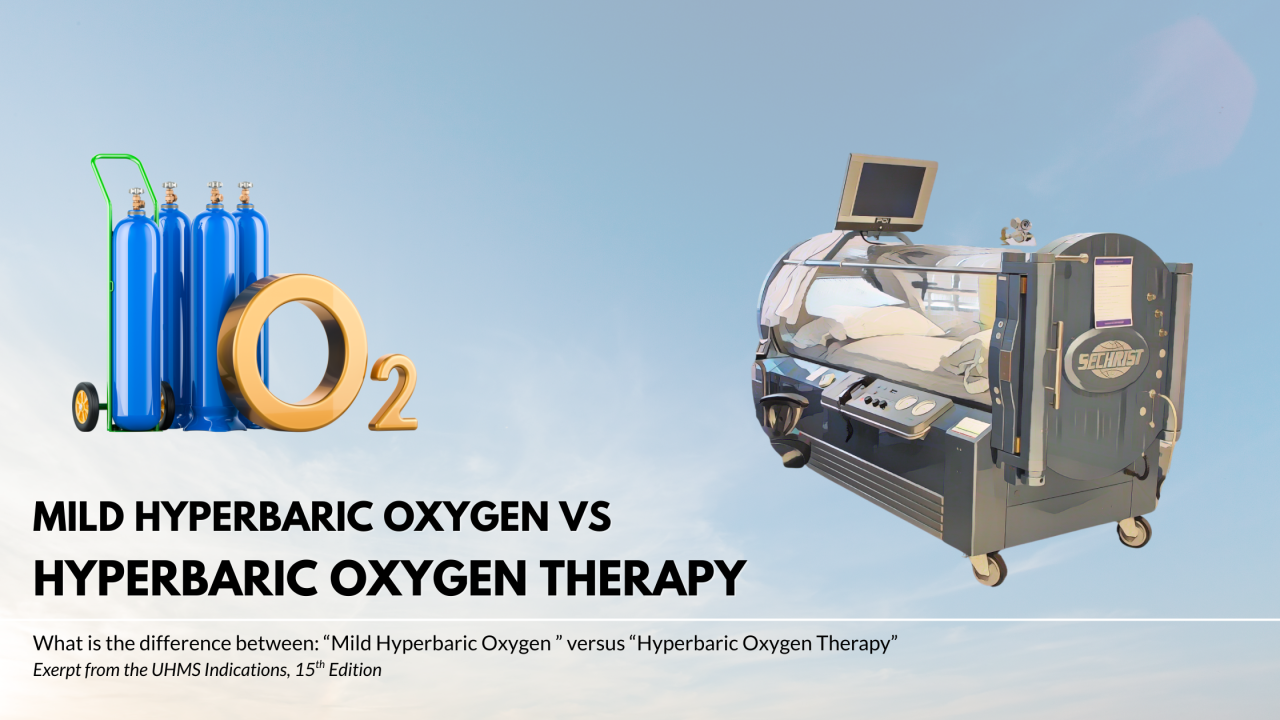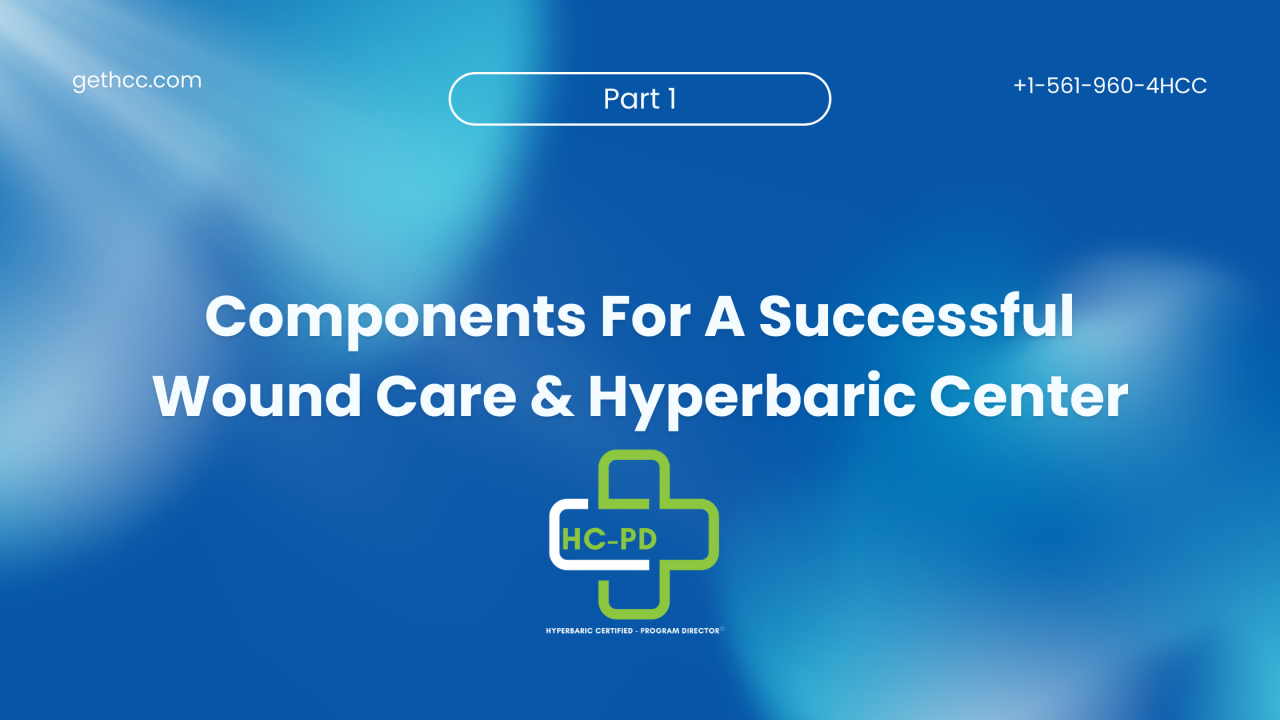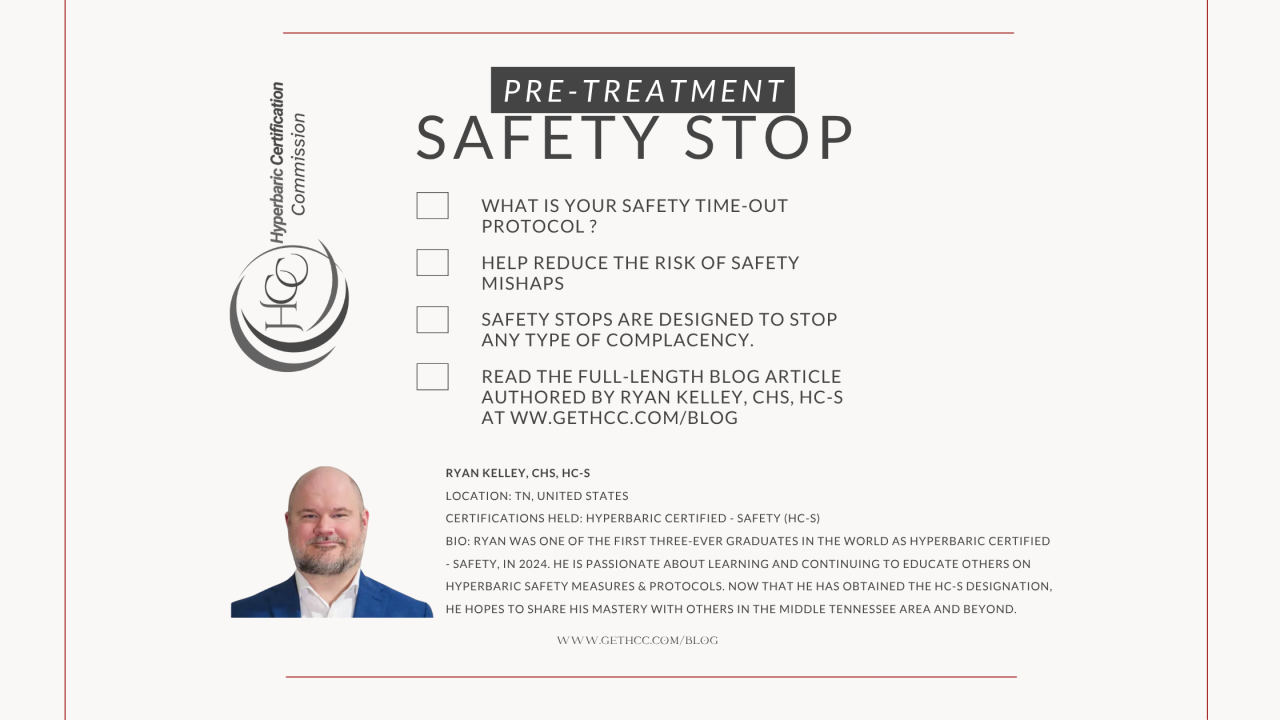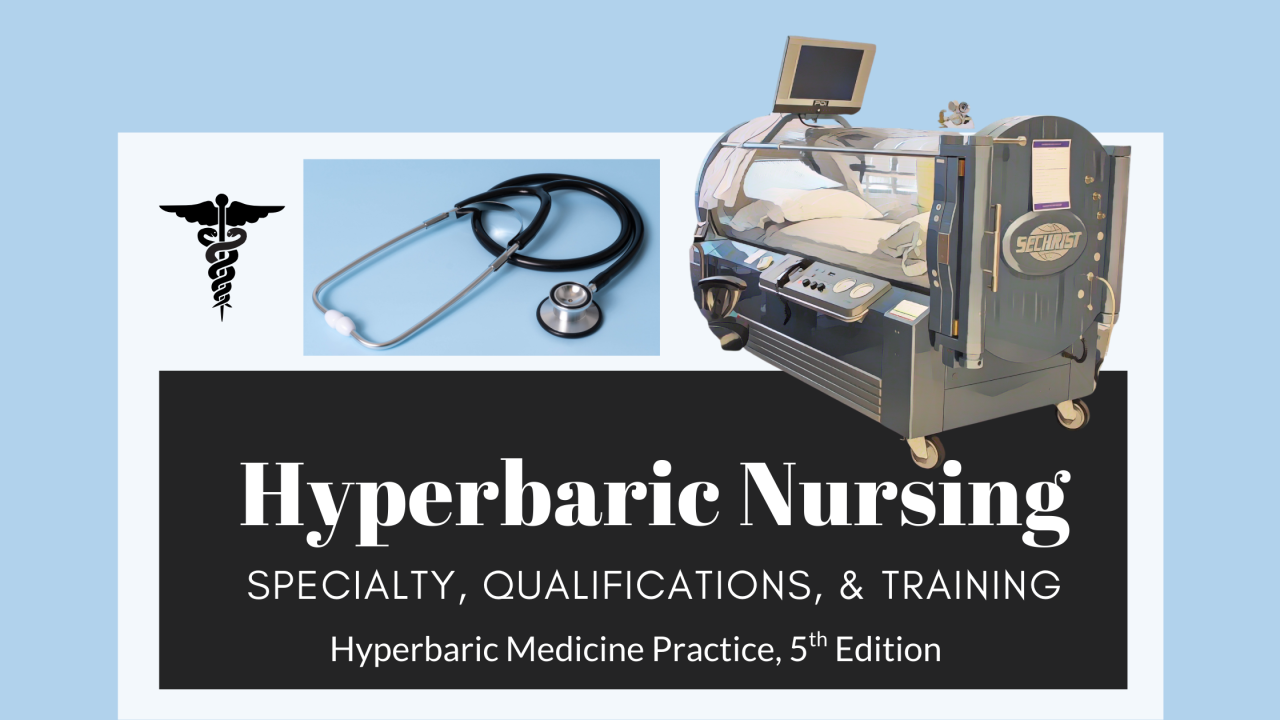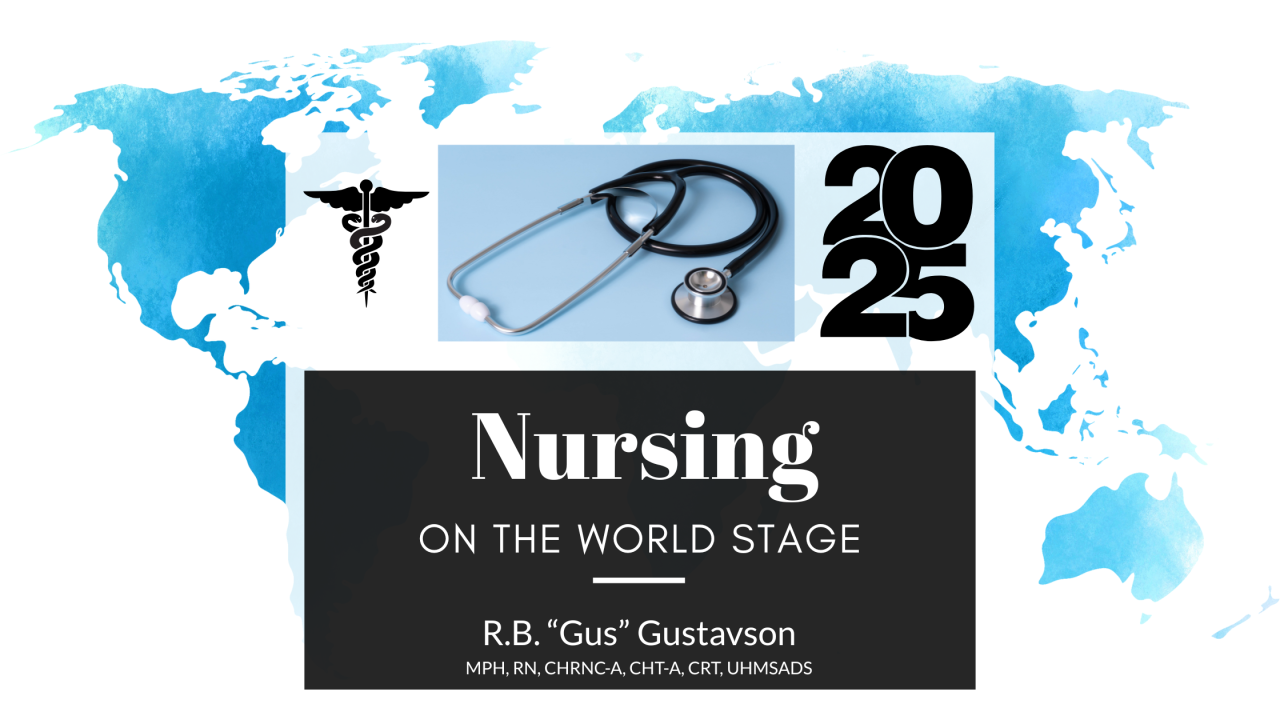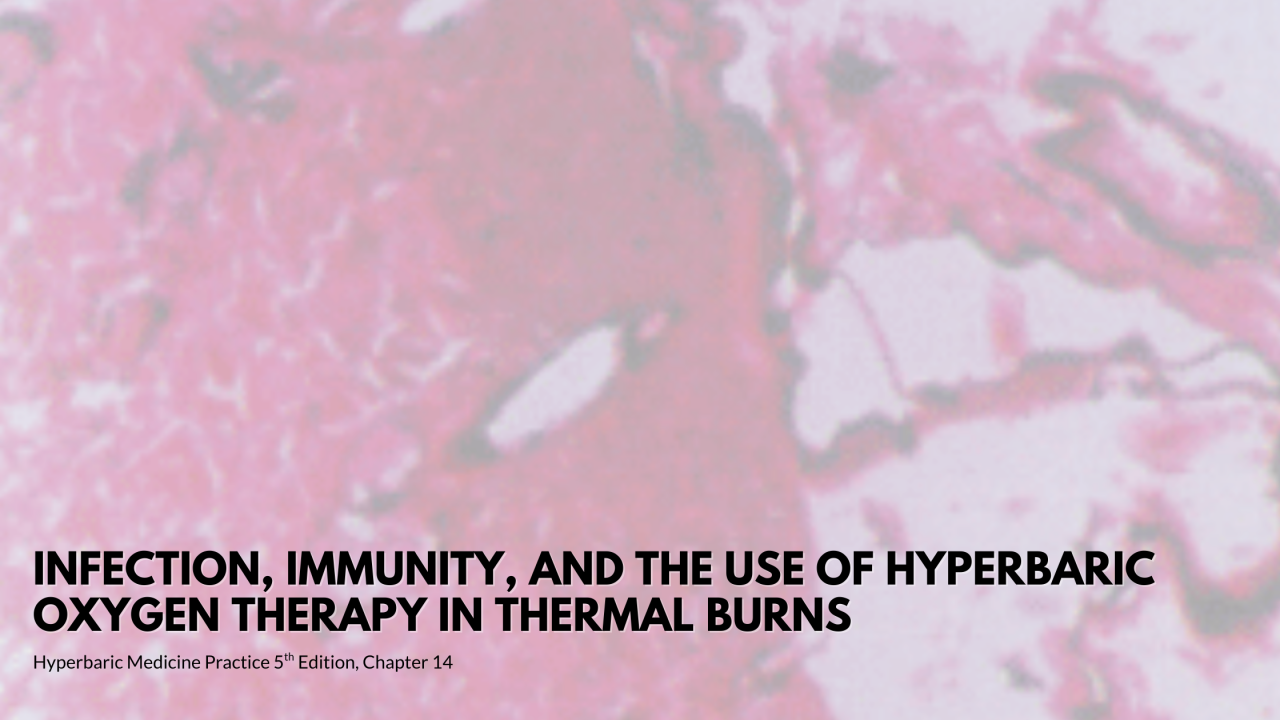Earn 12+ Hyperbaric CME, CEU Hours
Are you looking for hyperbaric-specific CME, CEUs in order to complete your recertification or to fulfill your CME, CEU requirements for hyperbarics?
Physician CME (as per the UHMS Guidelines for Hyperbaric Facility Operations):
"For an initial appointment or reappointment, physicians must complete at least twelve (12) hours of hyperbaric medicine-specific AMA PRA Category 1 CME."
CHT Recertification (as per the NBDHMT):
"Proof of a minimum of 24 (minimum of 12 Category “A”) CEU hours during the prior
two (2) years."
CHS Recertification Requirements (as per the ABWH):
"A minimum of 20 CME credits are required to re-certify. 5 CME credits must be directly related to the practice of hyperbaric medicine."
